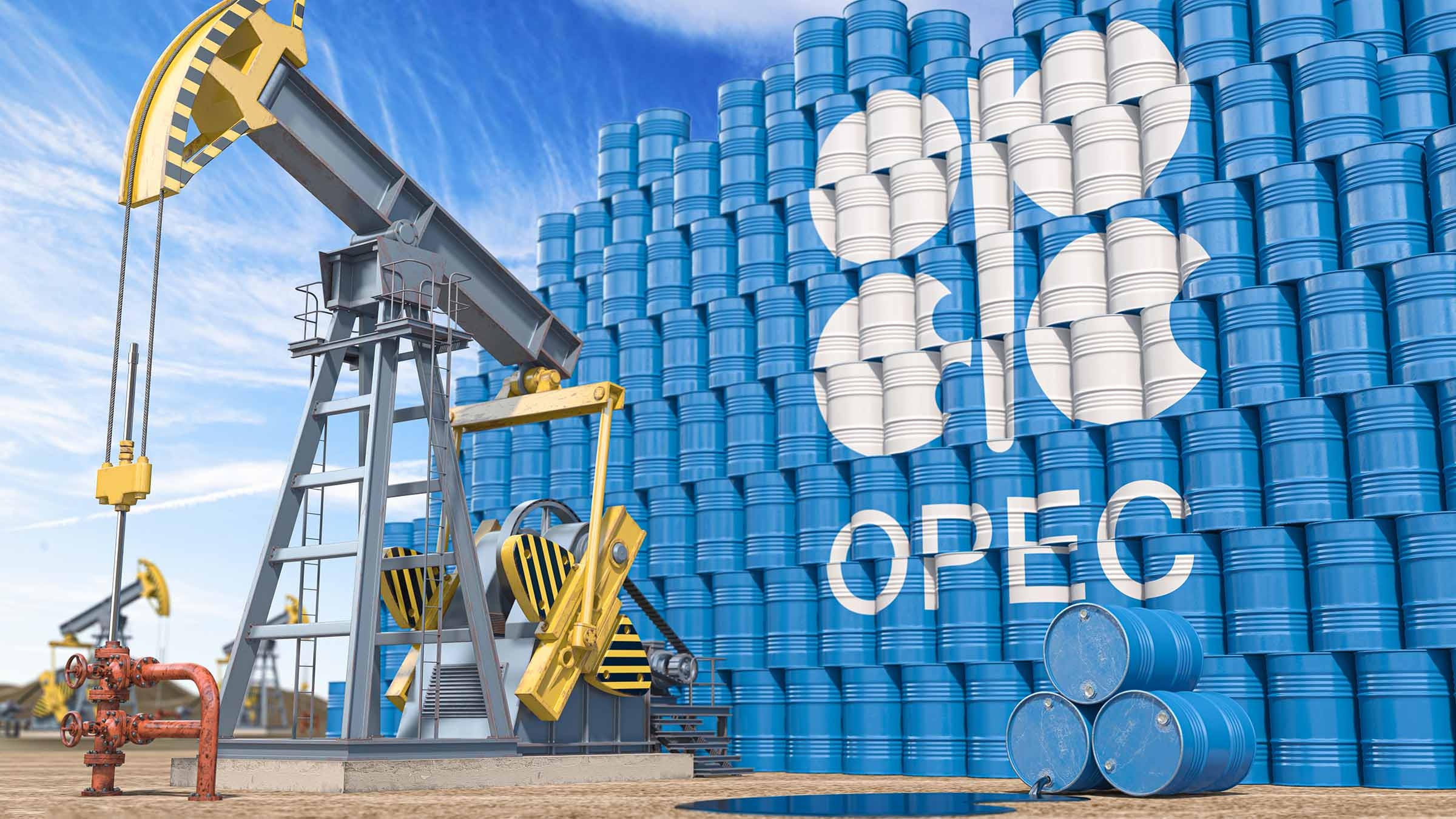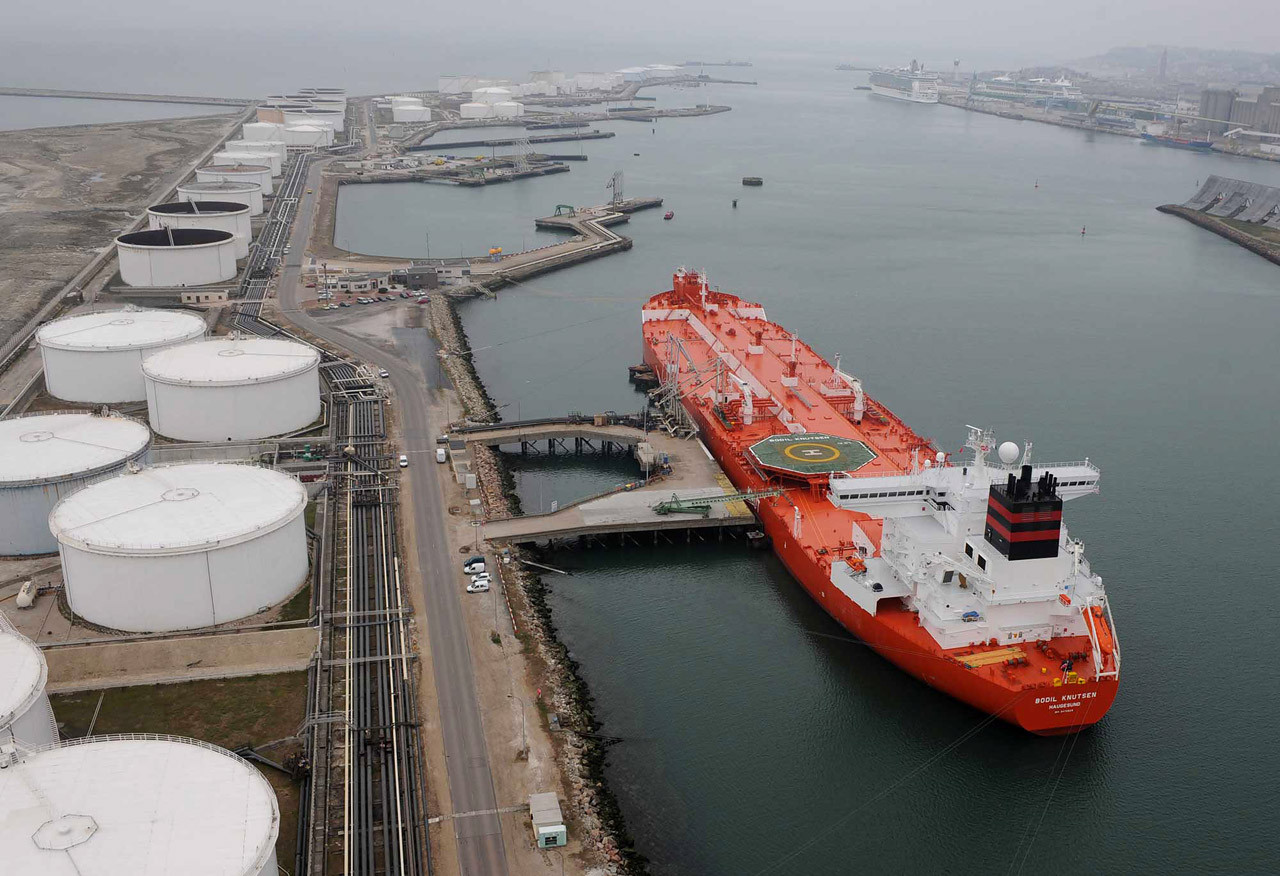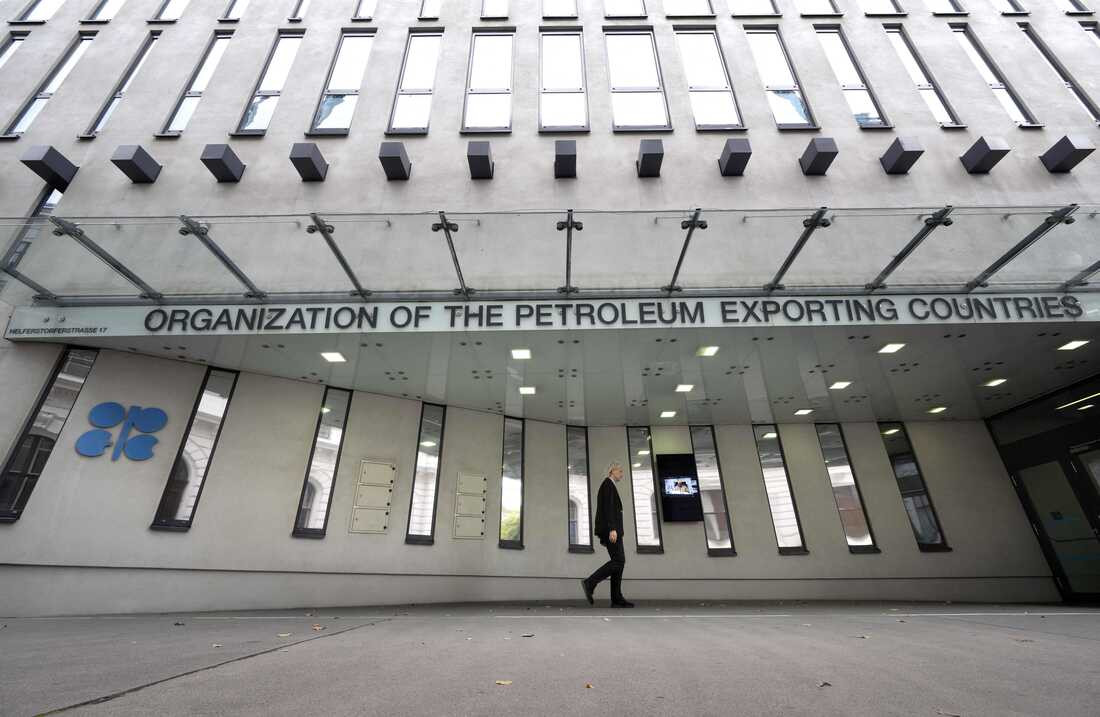OPEC Oil Production Climbs in July: Saudi Arabia's Rebound Leads the Way
The Organization of the Petroleum Exporting Countries (OPEC) saw an increase in oil production in July, a Reuters survey revealed on Friday. This surge was primarily attributed to a rebound in Saudi Arabian supply, coupled with modest increases from other member countries, offsetting the impact of ongoing voluntary production cuts by some OPEC members and the broader OPEC+ alliance.
Saudi Arabia Drives Production Increase
According to the survey, based on shipping data and insights from industry sources, OPEC pumped 26.70 million barrels per day (bpd) in July, marking a 100,000 bpd increase from June. Saudi Arabia contributed the largest share of this boost, adding 70,000 bpd to its output. This rebound in Saudi Arabian exports followed a June where exports were lower than anticipated. As a result, Saudi Arabia's production reached 9 million bpd in July, nearly matching its target.
OPEC+ Holds Steady on Production Cuts
Despite this overall increase in OPEC production, the OPEC+ alliance, which includes OPEC members and allies like Russia, maintained most of its existing output cuts until the end of 2025. This strategic move aims to bolster the market in the face of subdued demand growth, elevated interest rates, and escalating U.S. oil production.
Impact of Ongoing Cuts on Production
While OPEC+ agreed to begin unwinding one layer of output cuts from October, a meeting of top OPEC+ ministers on Thursday confirmed their unchanged oil output policy. They reiterated that the production hike could be paused or even reversed if deemed necessary.
Other Member Contributions
Aside from Saudi Arabia, other members also contributed to the production increase. Nigeria experienced a significant decline of 30,000 bpd, attributed to lower exports compared to the previous month. However, Libya and Iran, members not obligated to cut production, saw small increases. Iran's output reached 3.22 million bpd, marking the highest level since 2018, based on Reuters surveys. Iran's export growth has persisted in recent years despite ongoing U.S. sanctions.
Iraq's Rising Output and the Excess
Iraq's oil production also edged higher, with exports experiencing month-on-month growth, according to flow data and a tanker-tracking source. This increase contributed to the overall rise in OPEC production. The survey highlighted that OPEC pumped approximately 240,000 bpd more than the implied target for the nine members subject to supply cut agreements, with Iraq accounting for the majority of this excess production.
A Closer Look at the Reuters Survey
The Reuters survey employs a comprehensive approach to track oil supply to the market. It leverages data from various sources, including:
- Shipping data from external providers
- LSEG flow data
- Information from companies specializing in flow tracking, such as Petro-Logistics and Kpler
- Insights from sources at oil companies, OPEC, and consultants
This multifaceted approach ensures the survey captures a comprehensive picture of OPEC oil production and supply dynamics.
Navigating the Volatile Oil Market
The fluctuations in OPEC production highlight the dynamic nature of the global oil market. Factors like demand growth, interest rates, and U.S. production levels play a significant role in shaping oil output and pricing. The ongoing adjustments made by OPEC and its allies underscore their commitment to stabilizing the market and mitigating the impacts of these external influences. While the future trajectory of oil prices remains uncertain, the actions of OPEC and its allies will continue to be a key factor influencing the market's direction.



















